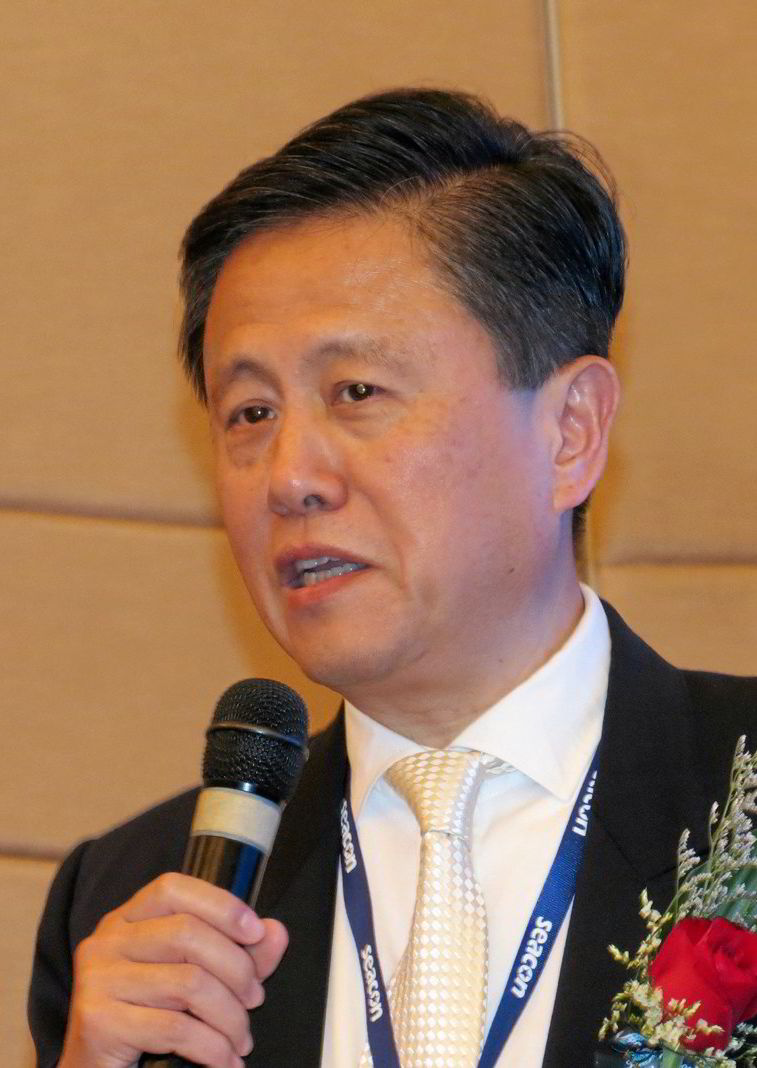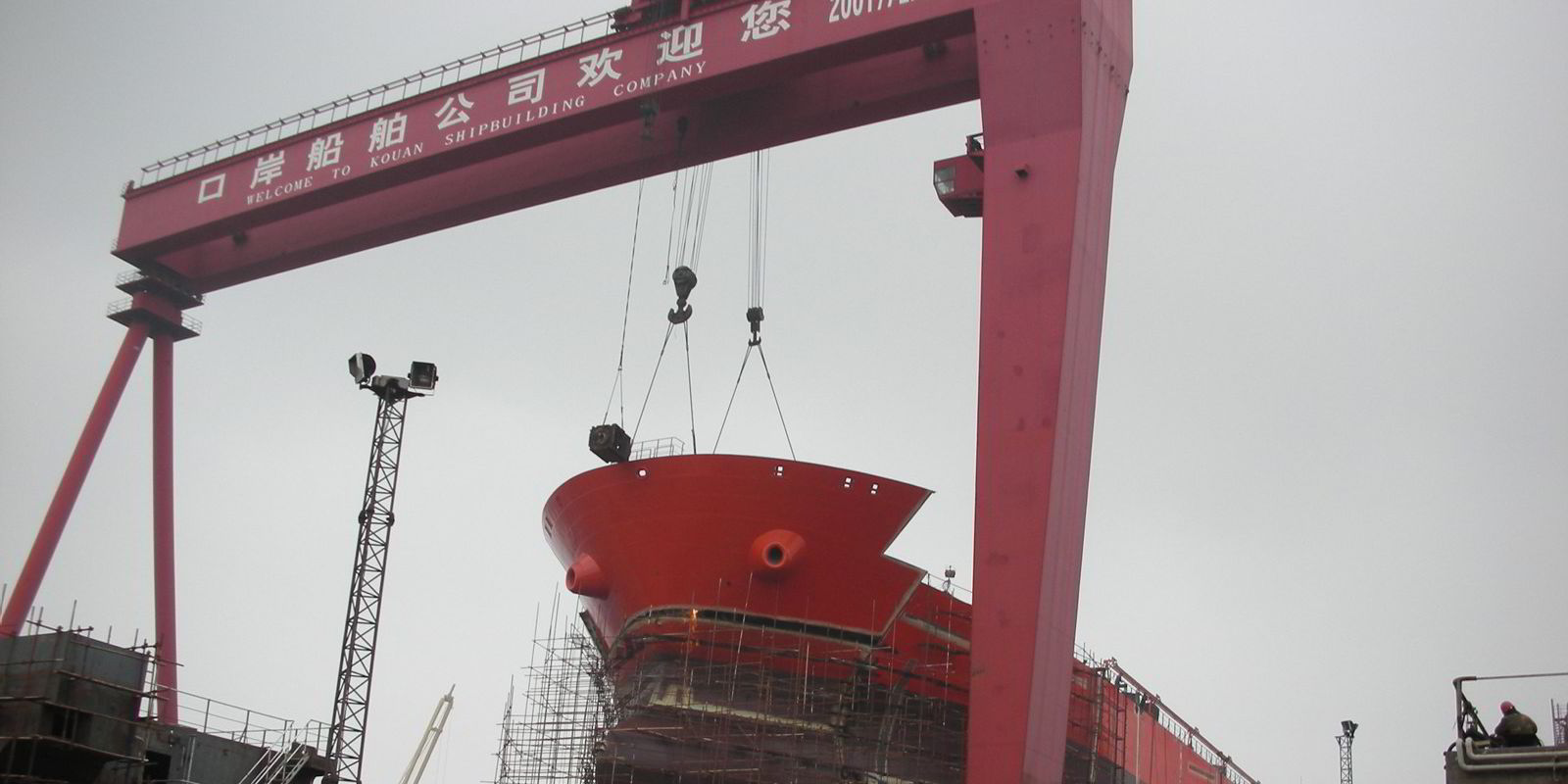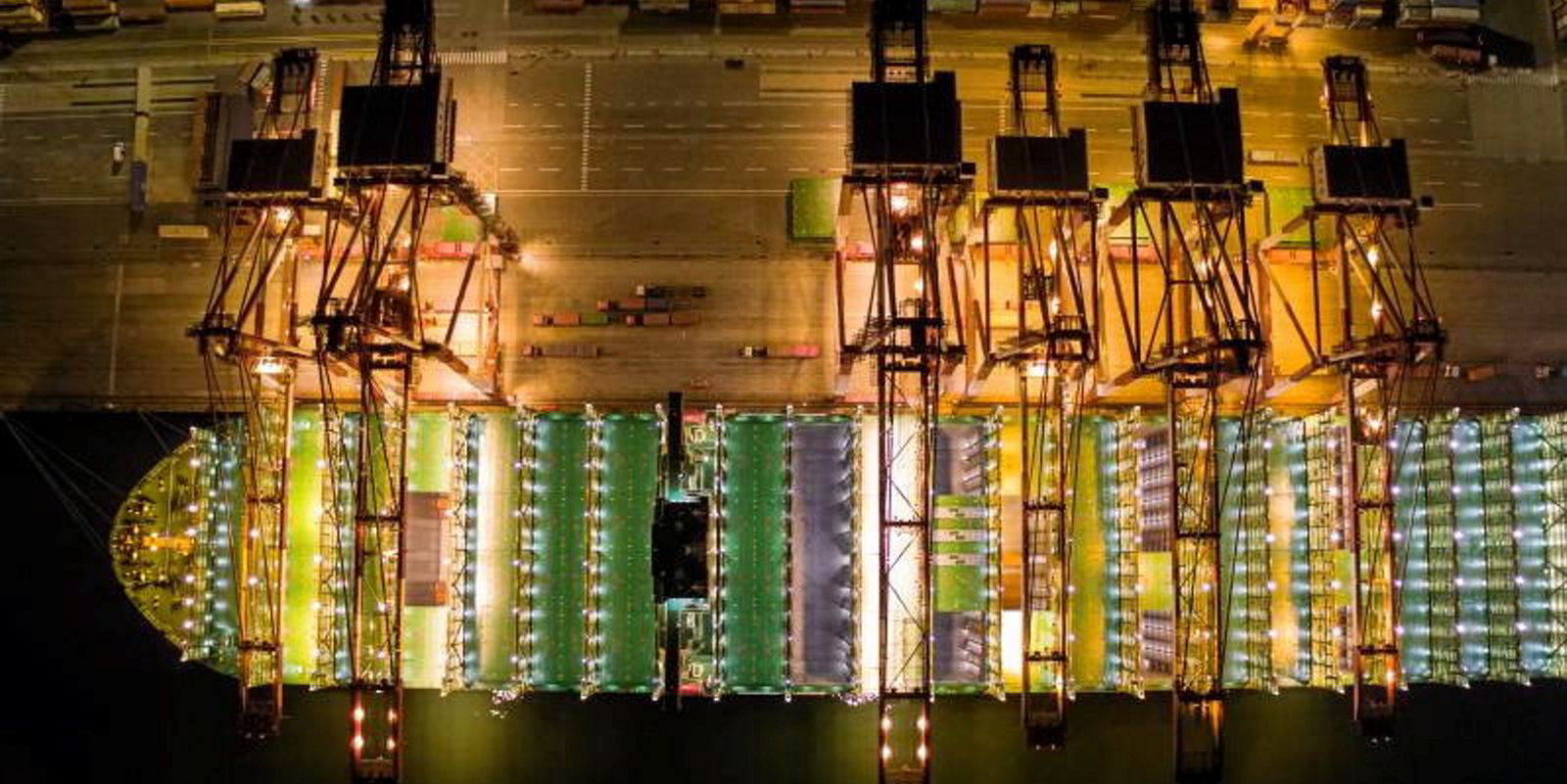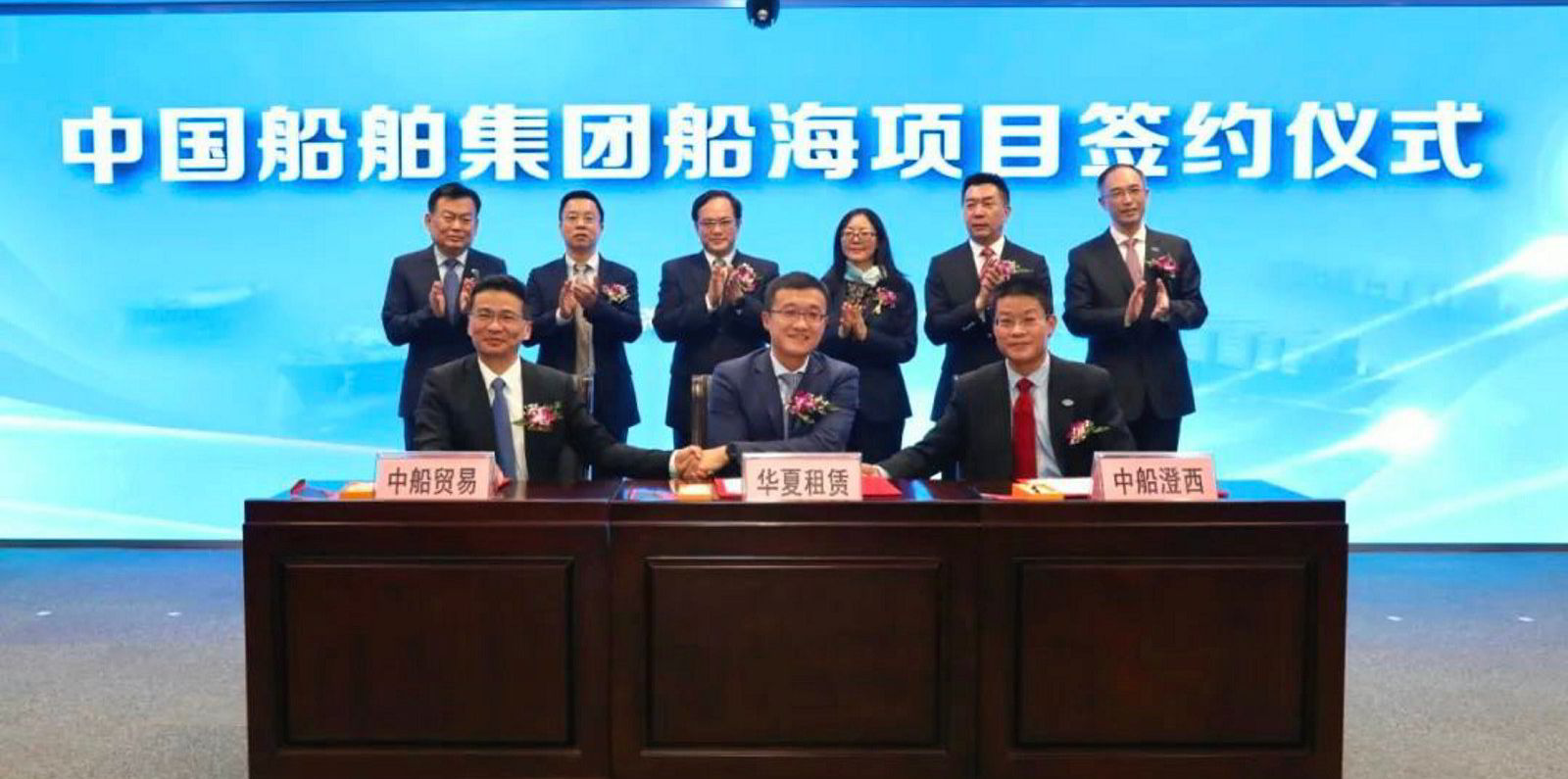The rebirth of successfully restructured Chinese shipyards combined with Beijing’s demands to maintain economic growth in 2022 could spell good news for shipowners in the form of newbuilding price cuts.
That is the view of Liu Xunliang — the founder of the Shanghai-based China Newbuilding Price Index (CNPI) — as the country enters the Year of the Tiger.
Overall, CNPI sector indices were up by only a sliver in it latest monthly outlook, released on 30 January, reflecting the weak relative price of newbuilding deals.
The overall index for all sectors advanced just two points to 1,004. The dry bulk price index, or CNDPI, was up a single point at 1,042; the tanker price index, the CNTPI, up six points at 1,045; and the container ship price index, the CNCPI, up two points at 1,017.
Despite the slowing pace of orders, owners and yards have to date been happy after a bumper year in 2021.
“Shipyards have got feeling of security in seeing ambitious shipowners making extraordinary profit in dry bulk and container shipping market,” wrote CNPI founder Liu in the recent report.
“Compared with the anxiety during the Spring Festival in the first year of the epidemic, most shipyards feel good in the Spring Festival in the Year of The Tiger.”
But the dawn of the new year marked the third Chinese lunar holiday amid the Covid-19 pandemic, and the market outlook and mood is very different from a year ago.
Yards are increasingly facing internal and external pressure to fill newbuilding slots, with more berths coming free in part because some restructured yards of significant size are coming to life — and the reactivation of bankrupted facilities is a process that can swell shipbuilding capacity more quickly than greenfield shipyard development.
Meanwhile, on the demand side, shipowners seem in less of a hurry to pull the trigger for a variety of reasons.
And there are signs that shipbuilders are already blinking in price negotiations.
“[The] rate of increase in new orders and newbuilding price has slowed down recently, and the prices of some ship types have even eased,” Liu wrote, citing the uncertainty of raw materials costs in the context of the epidemic as a factor alongside the re-entry of shipyards from bankruptcy and restructuring.
“[The] capacity is gradually recovering,” he wrote. "The government has emphasised the importance to keep a steady growth of GDP this year. Under such a policy background, the yards capacities are expected to grow and consequently it may lead to a price cut due to increased supply.”
As an example of latent capacity that can come back into the market, the CNPI report cites the successfully restructured Taizhou Kouan Shipbuilding, which has distinguished itself recently with an order for an LNG container carrier, a ship type pioneered by Gery Wang’s Tiger Group.
Taizhou Kouan recently secured an order for a 140-metre LNG tank container carrier from compatriot Taizhou Changyue Marine.

“It is another noteworthy point — those restructured and/or reorganised yards have begun to take new orders and this implies that their shipbuilding capacities are back to the market,” wrote Liu. “Because this kind of recovery is not rebuilding but restarting, it should be faster than rebuilding.”
Meanwhile, he points to a wildcard in the shipbuilding market: the desperate measures that are being contemplated by some end-users, building their own captive ships to overcome the current constraints of ordinary liner freight contracts.
Stock-listed textile manufacturer Lego Industrial — unrelated to the Danish toymaker — is among the newest shippers looking to control tonnage because of price and performance issues with the container lines.
The company’s chairman Xiang Lehong called last summer for China’s state-owned shipowners to increase container shipping capacity to help stabilise costs for Chinese exporters.
“However, Mr Xiang’s call had no influence on the shipping market and he decided to build his own ship,” wrote Liu, referring to Xiang’s plan to order a 1,800-teu container ship at Huanghai Shipbuilding.
“It is said that Alibaba has been also planning its own fleet,” he added. “Maybe due to shortage of yards’ slipway and very high newbuilding prices, we have not seen new orders from Alibaba.”





